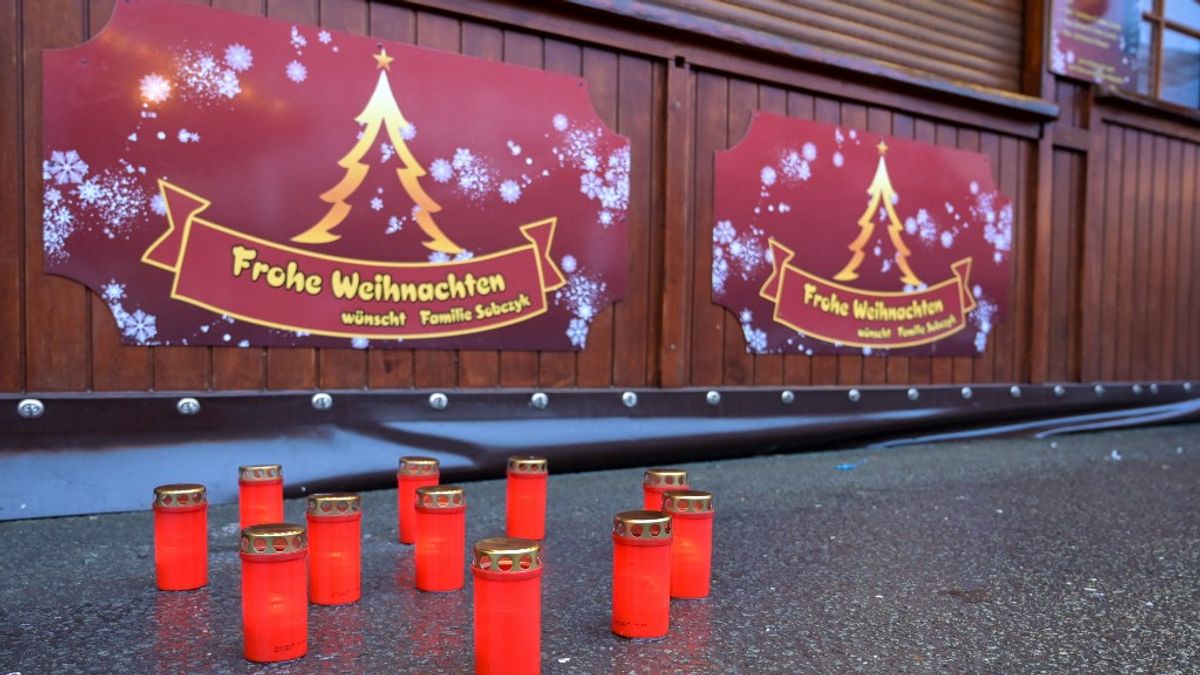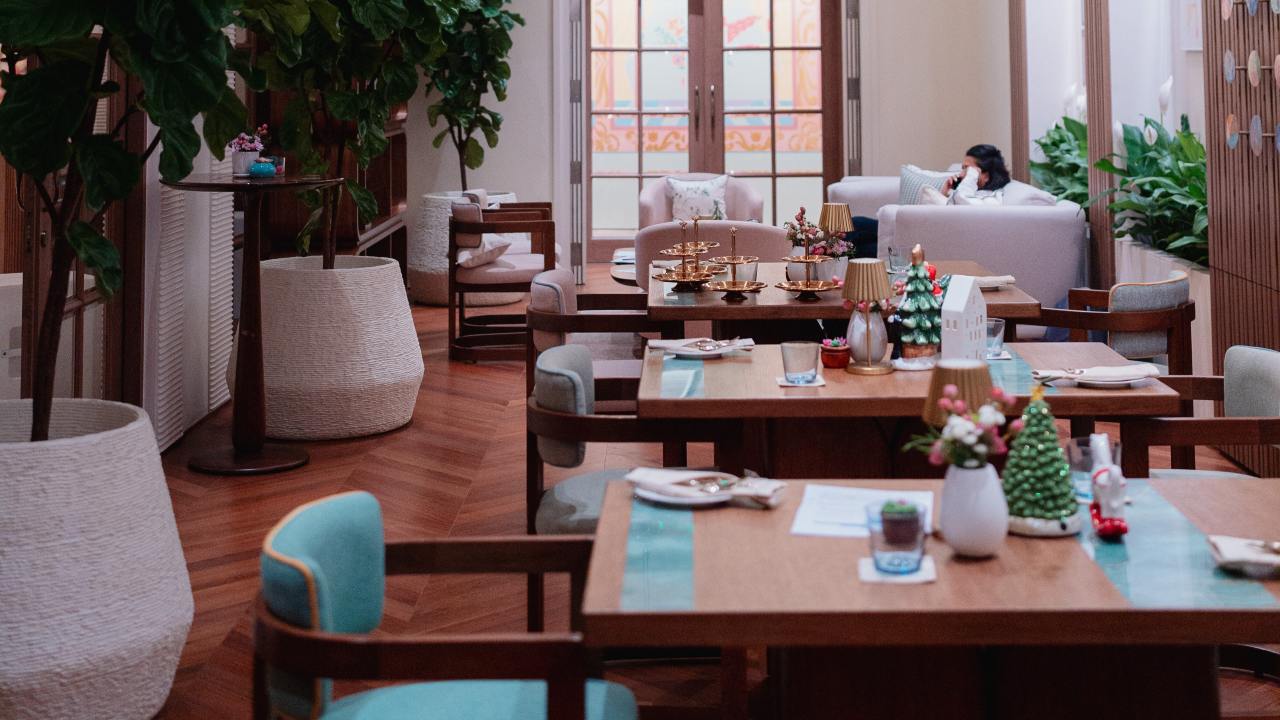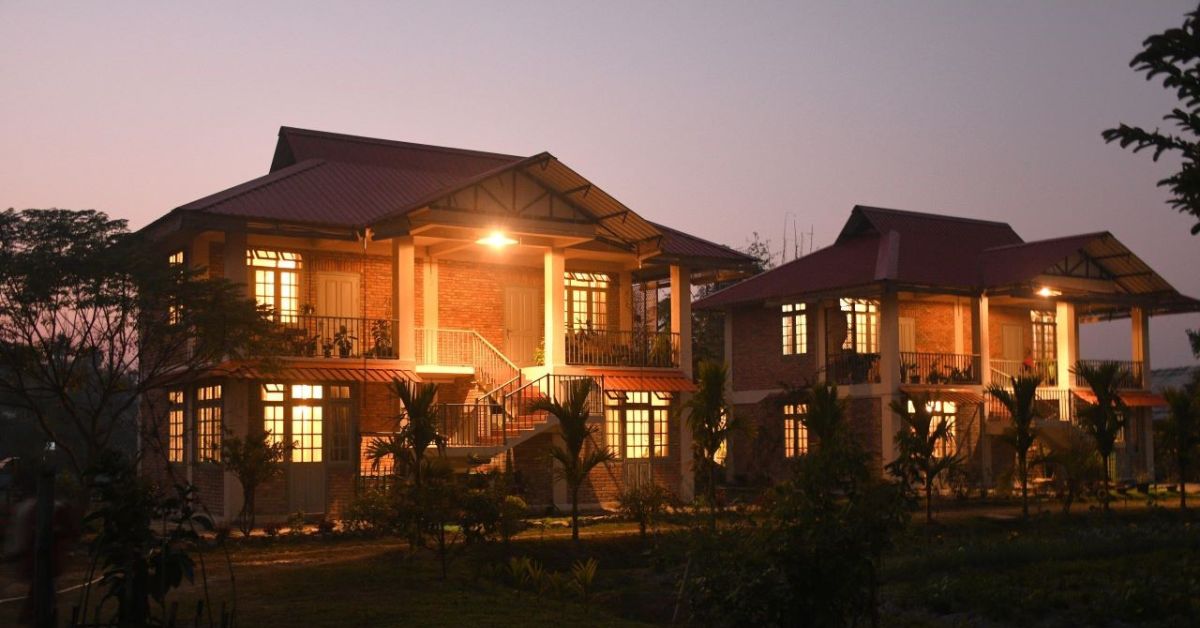Chestnuts are a cheap and moreish autumn-into-winter delight that are all the better (and cheaper) for being one of the few foods I’ve managed to successfully forage. Versatile too: whether they’ve been roasted in a pan or on the proverbial open fire, they can be served simply with a sprinkling of salt, act as a soft, sweetly earthy contrast to brassica bitterness (sprouts or cavolo nero) or complement to umami mushrooms (risotto or pasta), or simmered in milk and herbs and pulped into a paste to go with roast bird or to spread on toast. They also have a long and historic connection with wine, since the wood of the chestnut tree was often favoured by barrel-makers who couldn’t easily get their hands on oak, especially in the Mediterranean.
The practice is enjoying something of a revival, and what better wine to sip with the tree’s fruit than a golden, hazy-soft, nuts-and-apricot-scented chestnut barrel-aged dry white from cava county in Penedès in Catalonia? Barrel-aged whites using the more conventional vessels made from oak species Quercus alba, Quercus sessilis and Quercus robur are one of my choices to drink with that other much-foraged (although very much not by cowardly, risk-averse me) seasonal food: mushrooms. There’s something about the texture (ample, creamy, silky) and the flavours (which can have a decidedly savoury, almost mushroomy edge) of oak-influenced whites such as the suavely balanced Rustenberg Chardonnay, Stellenbosch, South Africa 2022 (redu.



















